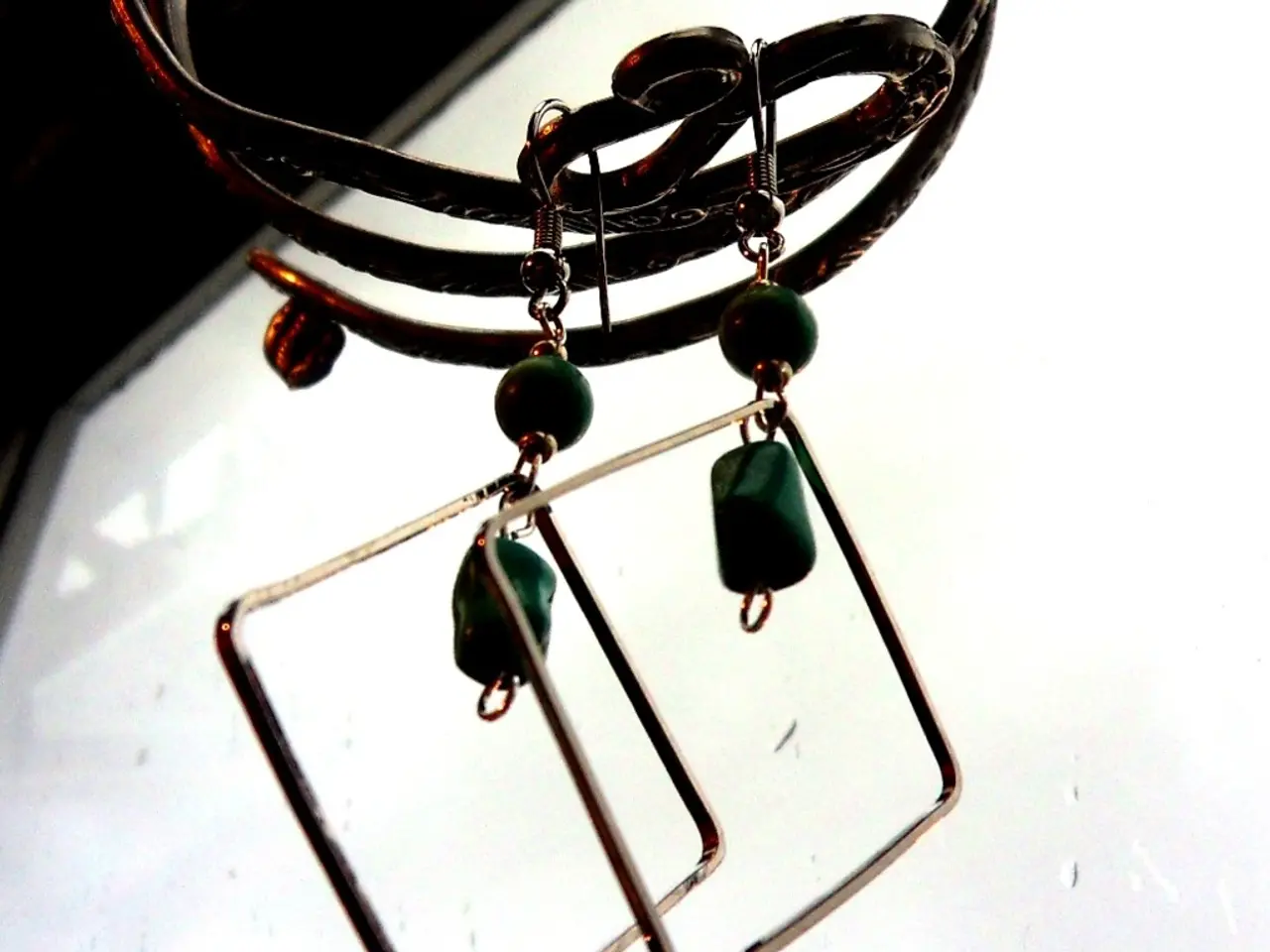Anatomy, Illustration, and Typical Problems of the Ear Canal
The ear canal, a crucial part of our auditory system, plays a vital role in transporting sound from the outer ear to the eardrum. Unfortunately, this tube can be prone to various health issues that can cause discomfort and hearing problems.
One common issue is otitis externa, also known as swimmer's ear. This inflammation of the ear canal is often caused by bacterial or fungal infections and occurs when moisture gets trapped in the ear canal, creating an environment conducive to microbial growth. Other causes include excessive moisture from activities like swimming or showering, irritation and allergic reactions, skin conditions, and earwax buildup.
Swimmer's ear is not the only issue that can stem from excessive moisture. Prolonged water exposure can soften the skin of the ear canal, making it more vulnerable to infections and swelling.
Irritation and allergic reactions can result from various sources, including inserting objects like cotton swabs, harsh cleaning methods, scratching, or allergic reactions to hair products, earrings, hearing aids, or topical medications. This irritation can lead to contact dermatitis and swelling.
Skin conditions like psoriasis and eczema can also affect the ear and cause itching. In severe cases, these conditions can cause chronic inflammation and swelling in the ear canal.
Earwax, produced by specialized glands in the ear, is essential for protecting the ear canal from debris and moisture. However, excessive earwax can block the ear canal, increasing pressure and promoting bacterial growth, contributing to inflammation and sometimes conductive hearing loss.
Treatment for these health issues varies. For instance, abscesses in the ear canal are treated by a doctor creating a small incision to drain the abscess and prescribing antibiotic drops. Blockages caused by swelling, pus, earwax, or foreign objects should be removed by a healthcare professional to avoid risking hearing loss or damage to the ear canal.
To care for the ears, people can gently clean the outer part of the ear, protect the ears from water and cold, wet conditions, use eardrops to soften impacted earwax, and avoid inserting objects into the ear canal.
While the ear canal is the focus of this article, it's important to note that related conditions such as Eustachian tube dysfunction and mastoiditis primarily involve the middle ear and mastoid bone rather than the external canal.
In summary, the most common ear canal health issues are infections (bacterial or fungal), moisture-induced inflammation, irritation/allergic reactions, skin diseases, and earwax buildup. Each has distinct causes but often share symptoms such as pain, swelling, discharge, and sometimes temporary hearing loss. Timely medical treatment is important to prevent complications.
Depending on the moisture levels in the ear canal, predictive science of health-and-wellness suggests that prolonged exposure to water could lead to inflammation and swelling, possibly leading to bacterial growth and infections like otitis externa. Health factors like skin conditions such as psoriasis and eczema, allergic reactions to ear accessories, and excessive earwax can also irritate the ear, potentially causing contact dermatitis and swelling. In such cases, the health of the ear and overall wellness can be compromised, leading to discomfort and hearing problems.




